"We are not gathered here to create havoc, but to solve our problem. We want to know how the Government will work with the indigenous people from now on." - This is the voice of Arnaldo Kabá Munduruku, Chief of the Munduruku, an indigenous people living in the Amazon Forest. There is a tinge of sorrow, but also firmness, when he speaks to the cameras. With a naked chest and ornaments around his neck, dark skin and slanted eyes, he is wearing the traditional attire of his people. He was born and raised in the village of Teles Pires, in Pará, Brazil.
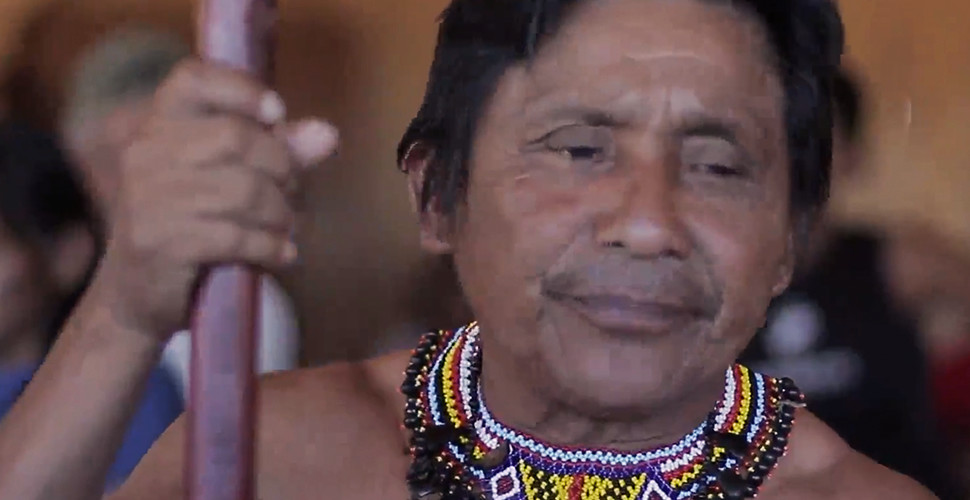

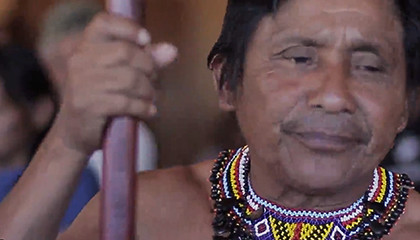
Relations between the Brazilian Government and the Munduruku people were already far from cordial since the so-called Operation Eldorado in 2012. This operation consisted in enforcing a Mato Grosso Federal Court decision which ordered the destruction of the dredges that illegally mined gold along the Teles Pires river, located in the lands of the Munduruku, Apiaká and Kayabi ethnic groups.
Coordinated by the Federal Police, the operation comprised 150 men, including security forces and members of Funai (Indigenous People National Foundation) and Ibama (Brazilian Institute for the Environment and Renewable Natural Resources). Violent clashes ensued, culminating in the death of Adenilson Krixi Munduruku and leaving deep scars in the relationship between indigenous communities and the Brazilian State.
In the aftermath of these clashes, government entities have been trying to give a new direction to relations with indigenous peoples, given the emergence of a new challenge that has brought many benefits to the region and the various local groups, despite their initial resistance to change. We are speaking of São Manoel Power Plant, a dam constructed in the vicinity of the lands of the Munduruku, Kayabi and Apiaká do Pontal ethnic groups.
São Manoel Hydroelectric Plant (HPP) is a run-of-the-river project, as proposed by the Hydroelectric Inventory Studies on the Teles Pires River Basins, submitted to ANEEL's analysis in 2005, and approved by this agency in July 2006.
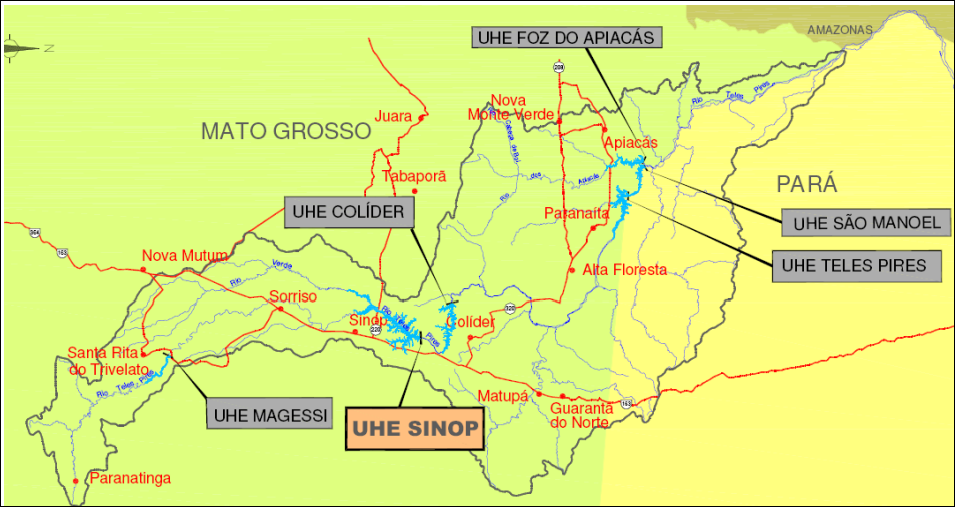
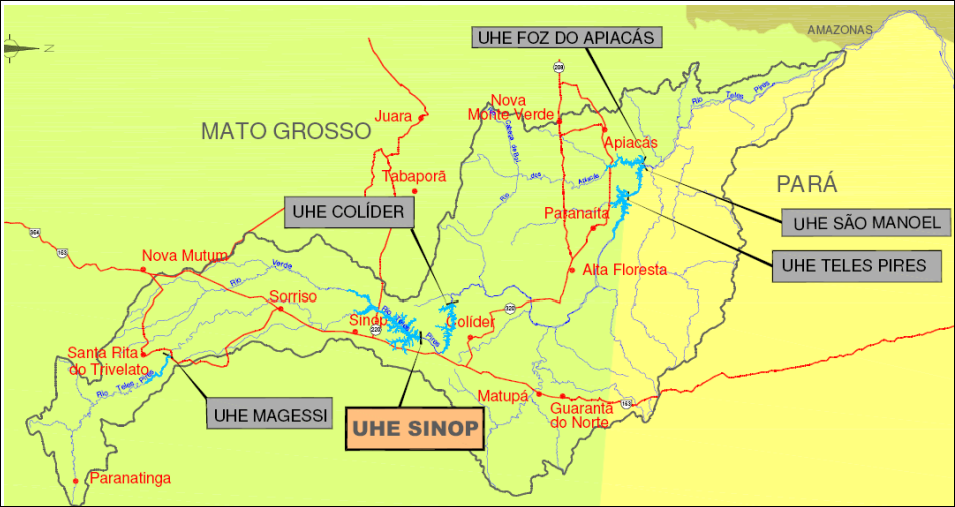
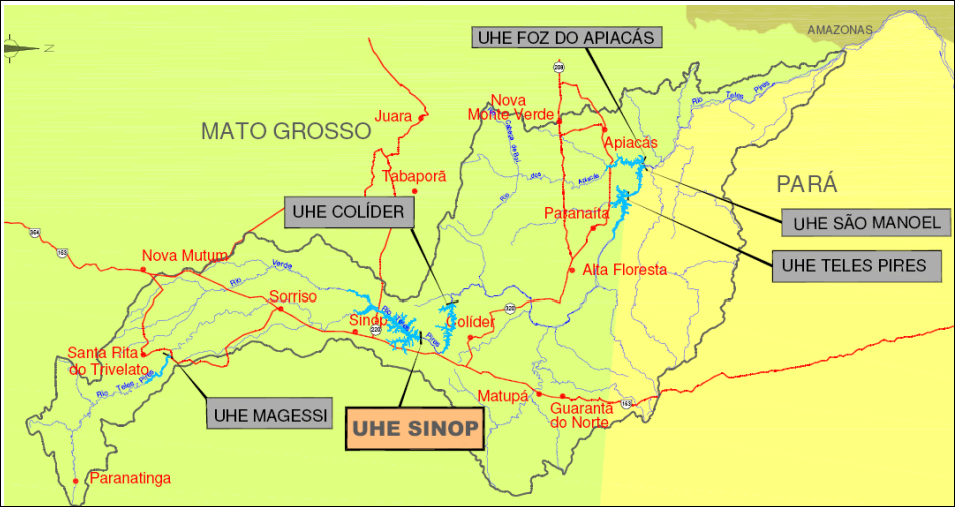
Working on multiple fronts
Located between the states of Pará and Mato Grosso, on the Teles Pires River, construction works for the dam were initiated in 2014 and completed in 2018. Employing about 5,726 workers, both local and from distant places, the project created quite a stir and was initially met with distrust by the people of this remote region, which is about 120 km from the nearest town.
Construction works are being carried out by Empresa de Energia São Manoel (EESM), 33.34% of which is owned by EDP Brasil — in fact, this is a partnership between EDP Brasil, CTG Brasil and Furnas Centrais Elétricas, each with a 33.3% participation. The company had to take up the challenge, not only of the dam construction itself, but of everything it entails: relations with indigenous peoples, the security of the area's ecosystem (the flora and fauna of the Amazon Forest), and the preservation of local heritage - cultural traditions that go back to the pre-Discoveries era, of people who did not allow themselves to be easily touched by 'progress'.
Due to the cultural specificity of each ethnic group, an indigenous component was added to the so-called Basic Environmental Plan (PBAi) when the project was licensed by the relevant agencies. One for each ethnic group, because each group has a different social organization, with its own language, political structure, values, legal code, and even specific logical thinking.
Each plan (PBAi) comprises 17 programs, subdivided into compensatory and mitigation measures approved by the Indigenous People National Foundation (Funai).
Fundação Nacional do Índio (Funai) and Indigenous leaders monitor the implementation of the programs, thereby ensuring alignment with the PBAIs.
A controversial project
Given the size of the project, its mediatic potential and the parties involved, difficulties did not take long to surface. In July 2017 (and later in October), the São Manoel construction site was occupied by about 150 Mundurukus from the Upper and Middle Tapajós - communities located outside the scope of São Manoel's PBAIs.
The natives presented their claims and demanded that these be discussed in the presence of the FUNAI President, the Federal Public Prosecutor, and a representative of Teles Pires Hydroelectric Plant (CHTP). All attended the call.
Some demands were specifically targeted at Teles Pires Hydroelectric Plant (CHTP) and other to Brazilian Government. These included visits to (and restitution of) the funeral urns found in the project's archaeological activities, in the construction of Teles Pires Hydroelectric Plant, and also a bus. There wasn't any request involving the construction of São Manoel Power Plant, but protesters requested and obtained a 20-ton truck.
One of the protesters' concerns involved the alleged 'theft' of funerary urns (sacred to the Munduruku ethnic group) from one of their worship sites in Sete Quedas. The site had been flooded by the reservoir of another hydroelectric plant, located upstream of the São Manoel project — Teles Pires HPP, operated by Companhia Hidrelétrica de Teles Pires.
On the banks of that site, workers discovered some urns and other archaeological artifacts which were then rescued and sent to a museum, following instructions from the Institute for Historical and Artistic Heritage located in the city of Alta Floresta. The Munduruku were able to visit the urns and select the specific place where a building would be built to house them. The Teles Pires HPP concessionaire became responsible for the urns' safety and for the construction of the building where they would remain permanently.
Nowadays the Funeral Urns are under the responsibility of Indigenous people, and CHTP and the Indigenous Leaders agreed on a plan for visits, where the Mundurukus can perform their religious rituals.
São Manoel Plant is located 40 km from Sete Quedas and had no connection whatsoever with this incident, which centered on the destiny of the archaeological pieces found during the construction of Teles Pires HPP.
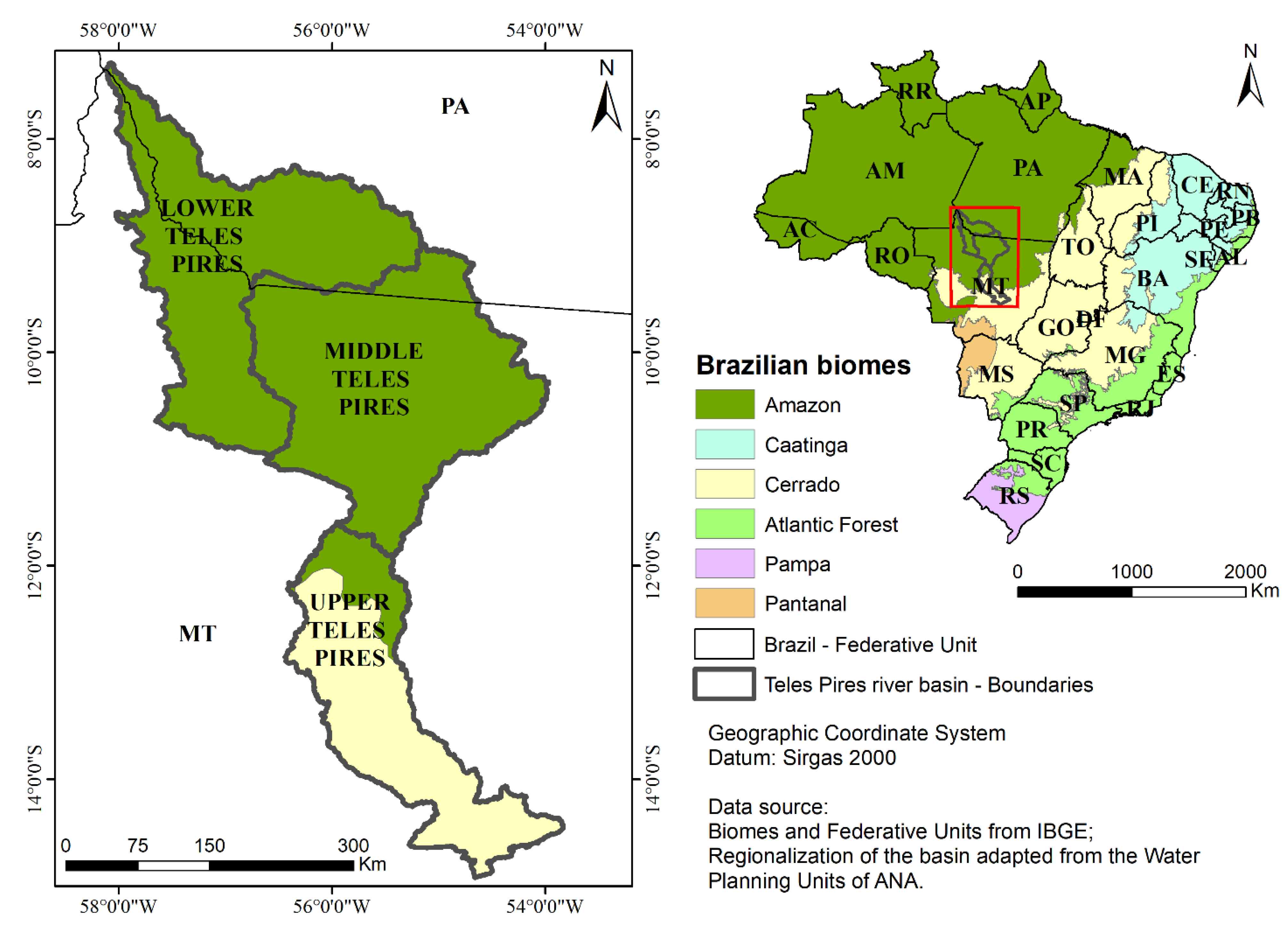
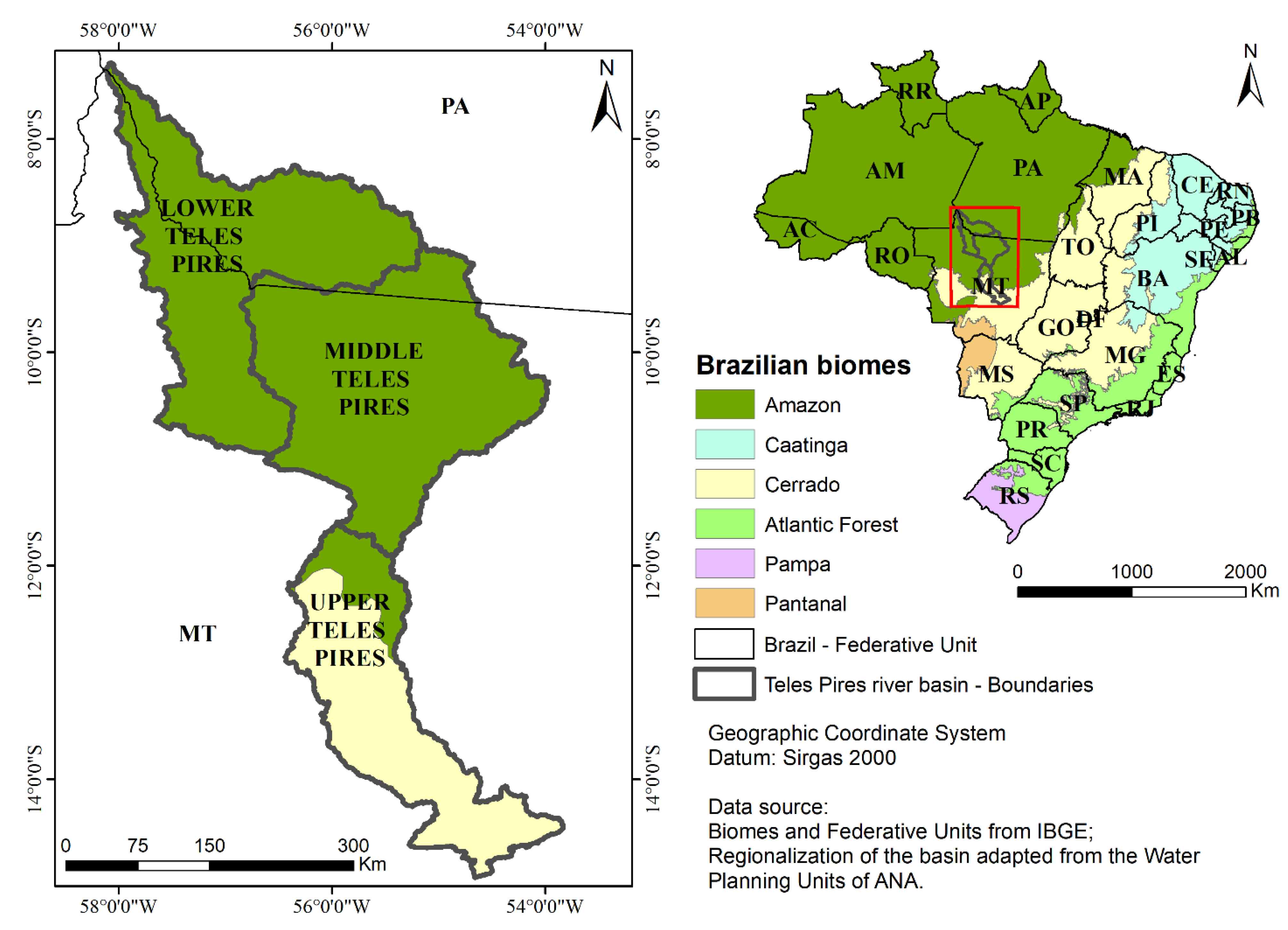
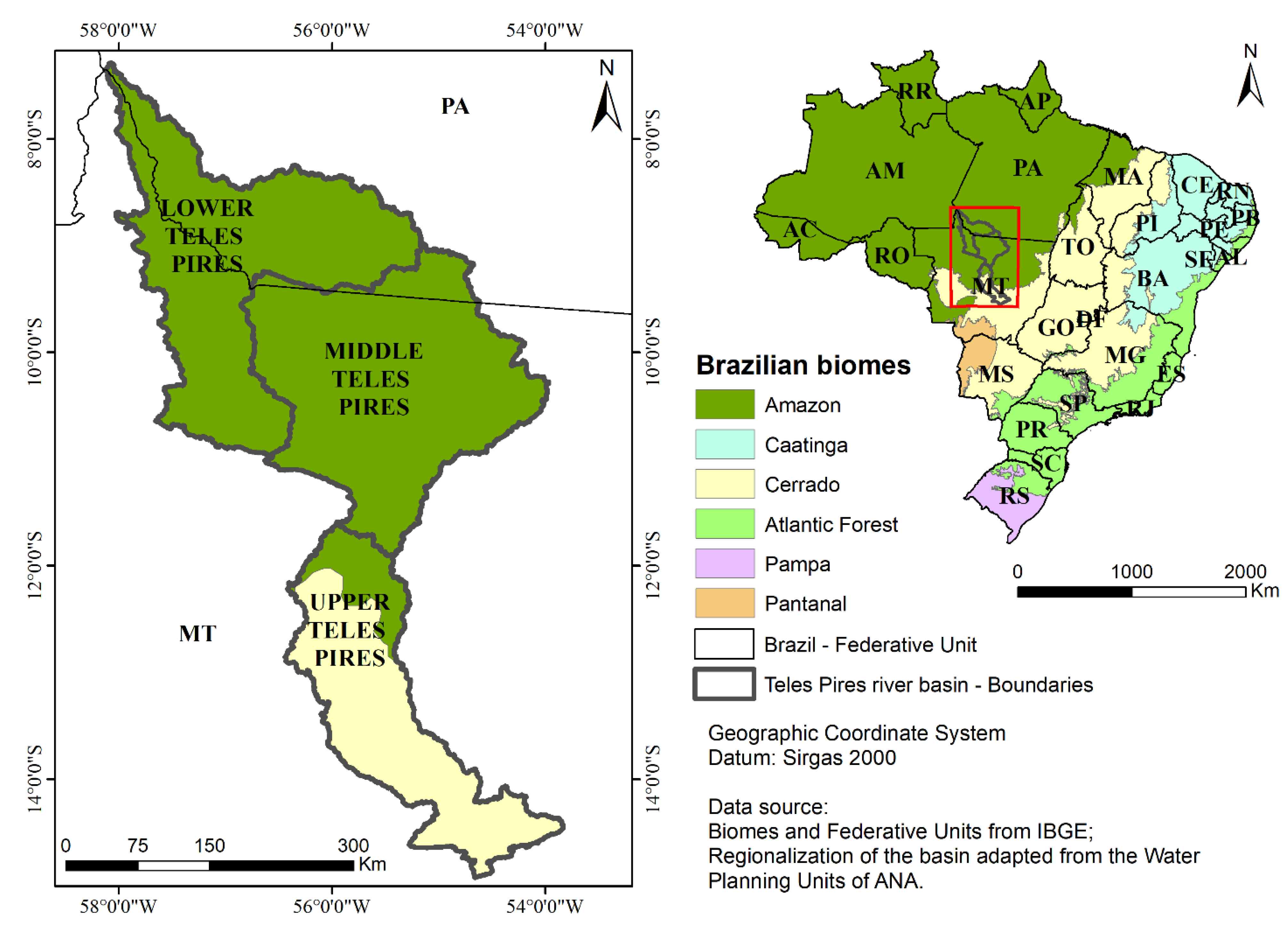
More quality of life for indigenous peoples
In order to mitigate the damage caused to the communities that have been displaced due to the construction of the power plant, the São Manoel project has set in motion several initiatives to support and improve the living conditions of these people, who lived precariously before the plant arrived. Implemented in several villages, such measures include wells for drinking water supply, new health centers and schools (including school grants and support to natives' education), as well as new structures such as meeting rooms and community kitchens.
We visited Gleba São Benedito to find out what has changed after a €1.4 million investment in agricultural equipment, vehicles and infrastructure: a school, a health center, several renovated lodgings, an indoor sports park, and an artesian well.
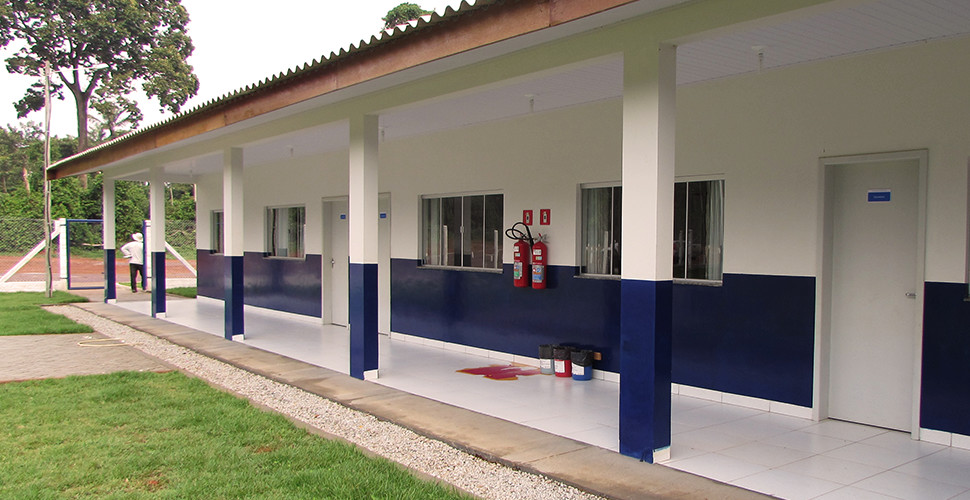
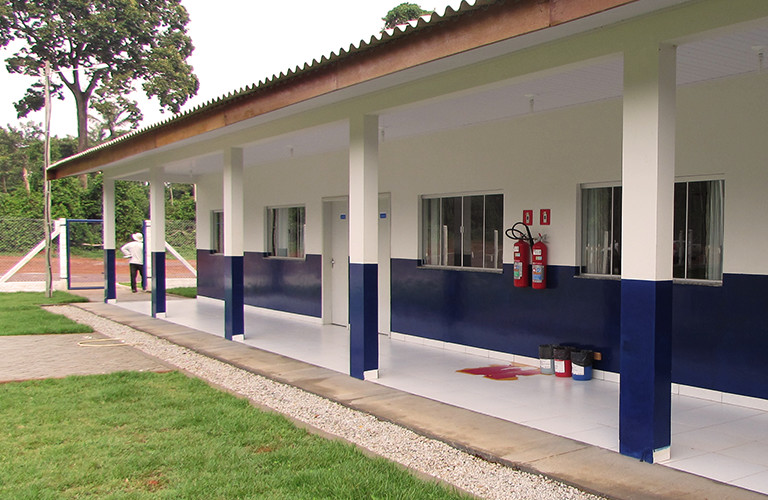
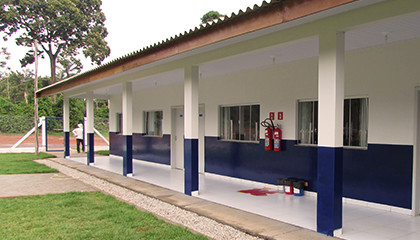
At school, gone are the days of children playing outdoors come rain or come shine, and so is the small kitchen with an old stove in the corner, the tiny bathroom for all students, and the outdated classroom. A new school will be built on the site. “The new school, because of the new structure, is going to improve things a lot,” the teacher points out, adding that during her 10 years at the school, she has had to work as a driver and cook whenever necessary. “It's already more than a simple classroom. It's going to have a kitchen, a cafeteria, a sports hall... It will solve many problems, it will be a huge improvement, both for me and the community,” she says. And she ends with a smile: “My God! The fact that it worked is a blessing!”
In Alta Floresta, the neighbouring municipality, several improvement works were carried out at CRES, a center dedicated to restoring children's self-esteem.
And in Paranaita, the town where the plant's reservoir will be located, São Manoel has invested about €3.5 million in infrastructure works, including the renovation and expansion of the municipal hospital, the construction of a station for the military police, and the paving of two neighbourhoods.
Reforesting and reusing
Let's leave our small village behind and head into the forest to consider another reality which the São Manoel project has also had to take into account: the preservation of the Amazon Rainforest.
In order to begin the construction of the dam, it was necessary to conduct a vegetation suppression study. Vegetation suppression consists of removing a portion of the vegetation in a certain area so as to allow for other soil uses or, in this case, the implementation of an infrastructure. In Brazil, this operation requires permission from the Secretariat for the Environment.

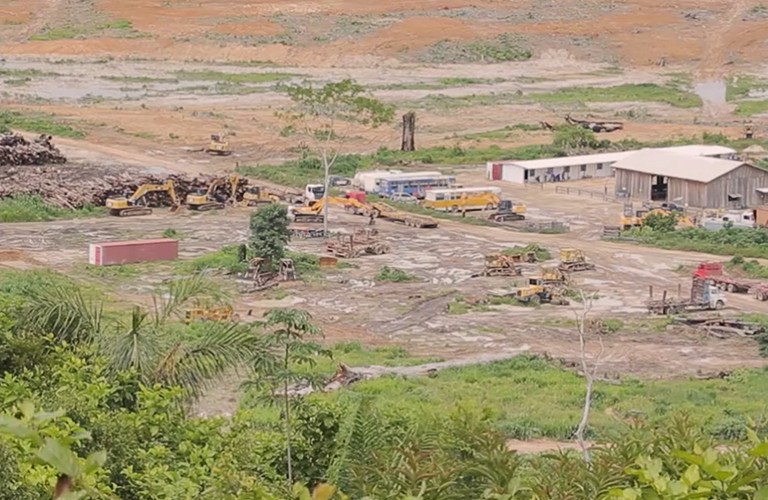
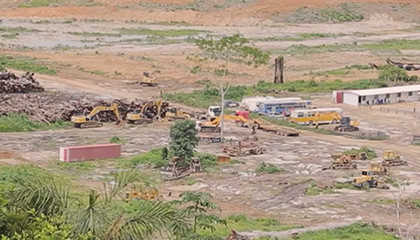
Once the permission is obtained, the process is initiated, but trees are not simply cut down. In the words of a São Manoel worker, “Wood resulting from the suppression of vegetation is subsequently stored, and one of the distinguishing factors at São Manoel HPP is that we were able to license and build (while construction works were being carried out) a sawmill. Thus, together with other solid waste, dust resulting from the cutting operation is transformed into a compound, which is then used to meet other needs in the construction work site,” he points out. The whole operation revolves around the concept of recycling.
During the vegetation suppression process native seeds are also collected, which are then used in reforestation programs.
Protecting the Amazon's fauna
Another concern of this enormous project's environmental team was the loss of forest habitats, shelters and breeding sites, which then results in the forced migration of animals - factors that may be considered to have the most severe impact on the main terrestrial fauna groups.
The team carried out tracking, disturbance, rescue and relocation actions targeted at terrestrial fauna and nests; these are crucial tools for minimizing possible negative impacts on species that depend on forest habitats, especially those that are considered arboreal, small-sized, and with locomotion difficulties. To minimize such impacts, EESM is currently implementing a Wildlife Rescue Program, the purpose of which is to capture injured animals, provide them with veterinary care, and later release them back to the wild (relocation) or send them to scientific institutions.
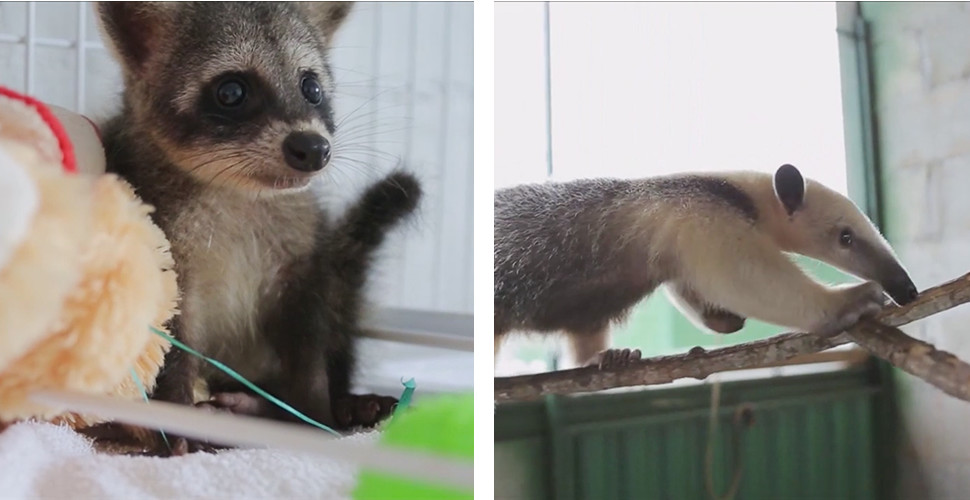
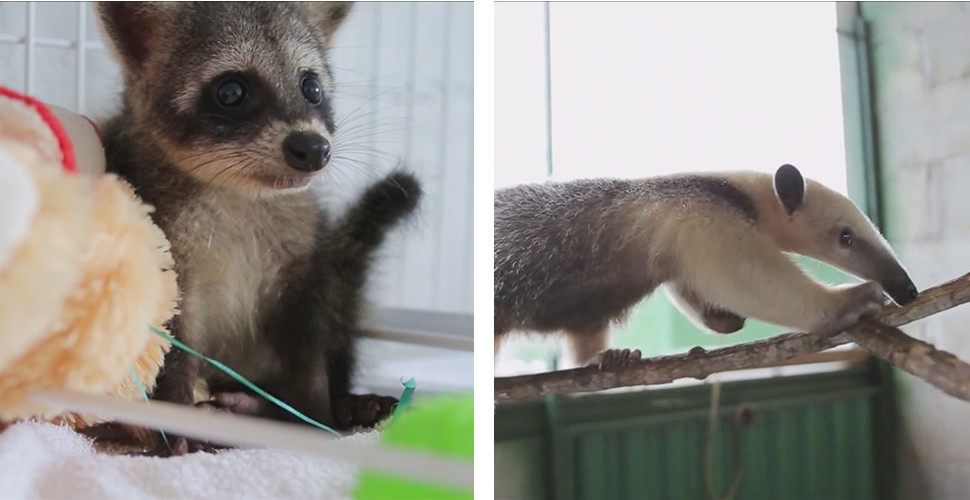
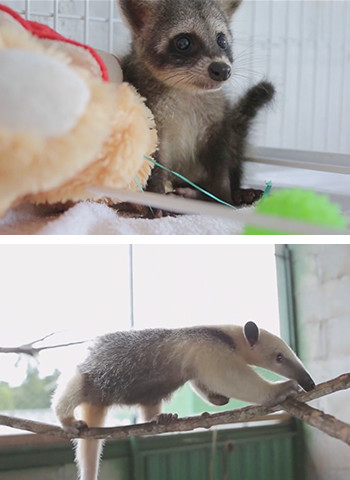
The investment in the dam has opened the doors to unprecedented scientific research on the site.
São Manoel HPP has specific programs targeted at water resources, the purpose of which is to maintain water quality standards for the communities downstream of the dam. Monitored by natives hired by the company, these programs include evaluating the fish and turtle species that live in the Hydroelectric Plant's area of influence.
Renewable energy for 2.5 million people
With an installed capacity of 700MW, the dam will provide enough electricity to supply 2.5 million people through the National Interconnected System (SIN) This plant alone will be able to supply about 4 times the city of Cuiabá, and one and a half times the city of Belém.
All this by harnessing an asset valued by natives and 'Pariwats' (a vernacular term for 'white people') alike: the Teles Pires waters, which bring such different communities together.
Despite the size and peculiarities of this huge project, it was possible to start operations ahead of schedule. With 58.33 MW, the first generating unit at São Manoel HPP made its debut before the scheduled date “as a result of EDP Brasil's construction work management.”
According to the EDP Brasil 2017 Sustainability Report, “These results reflect the application of practices listed in the Project Management Body of Knowledge, as suggested by the Project Management Institute, from which the company has created a process based on efficient stakeholder management, quality control, risk mapping, and efficient contract and schedule management.”
“The main goal was to ensure that information reached the traditional communities in a clear and timely manner, keeping the indigenous communities updated on the project's environmental licensing process, construction/operation stages,” said EDP Brazil's Pedro Sirgado.
In the words of a plant worker, “For many people, native Indians are 'movie characters', they don't exist in real life, or they use a bow and arrow. But it's not quite like that. Some Indians still use them, but many live just like us, although far from major urban centers. It's important to be together, to live together, and to realize that we are all equal.”
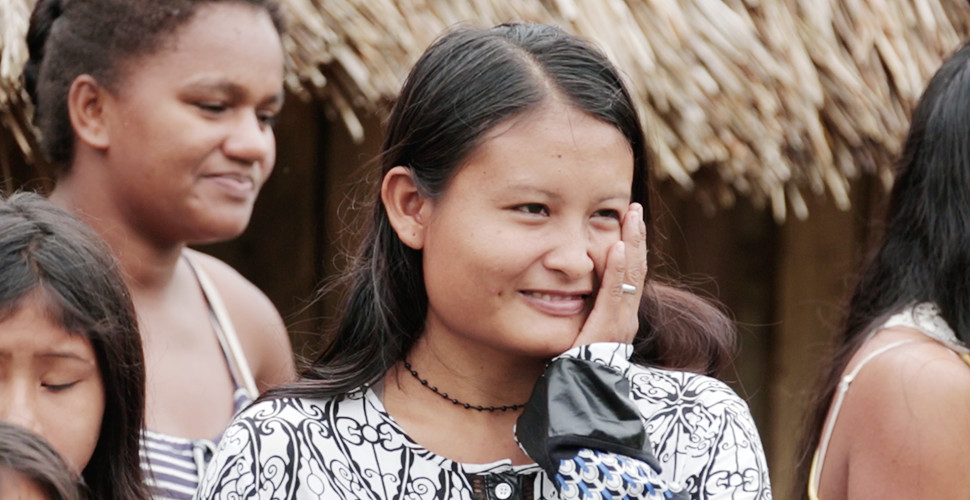
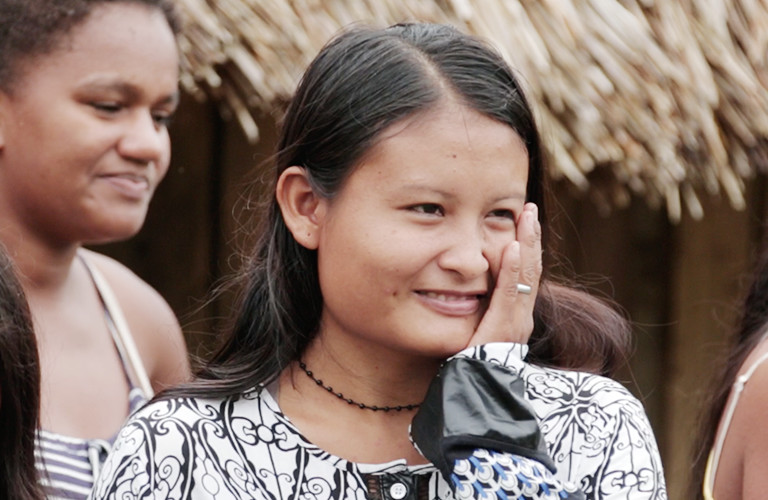
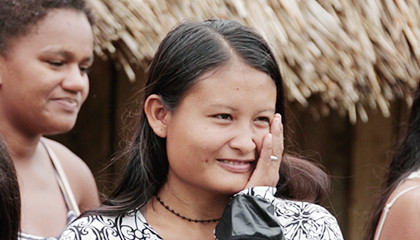
The method adopted by EDP enabled the company to use the knowledge acquired in previous projects to mitigate common problems. And this learning process is both professional and personal: “Building São Manoel is to understand the way a new region in the country is being built”.